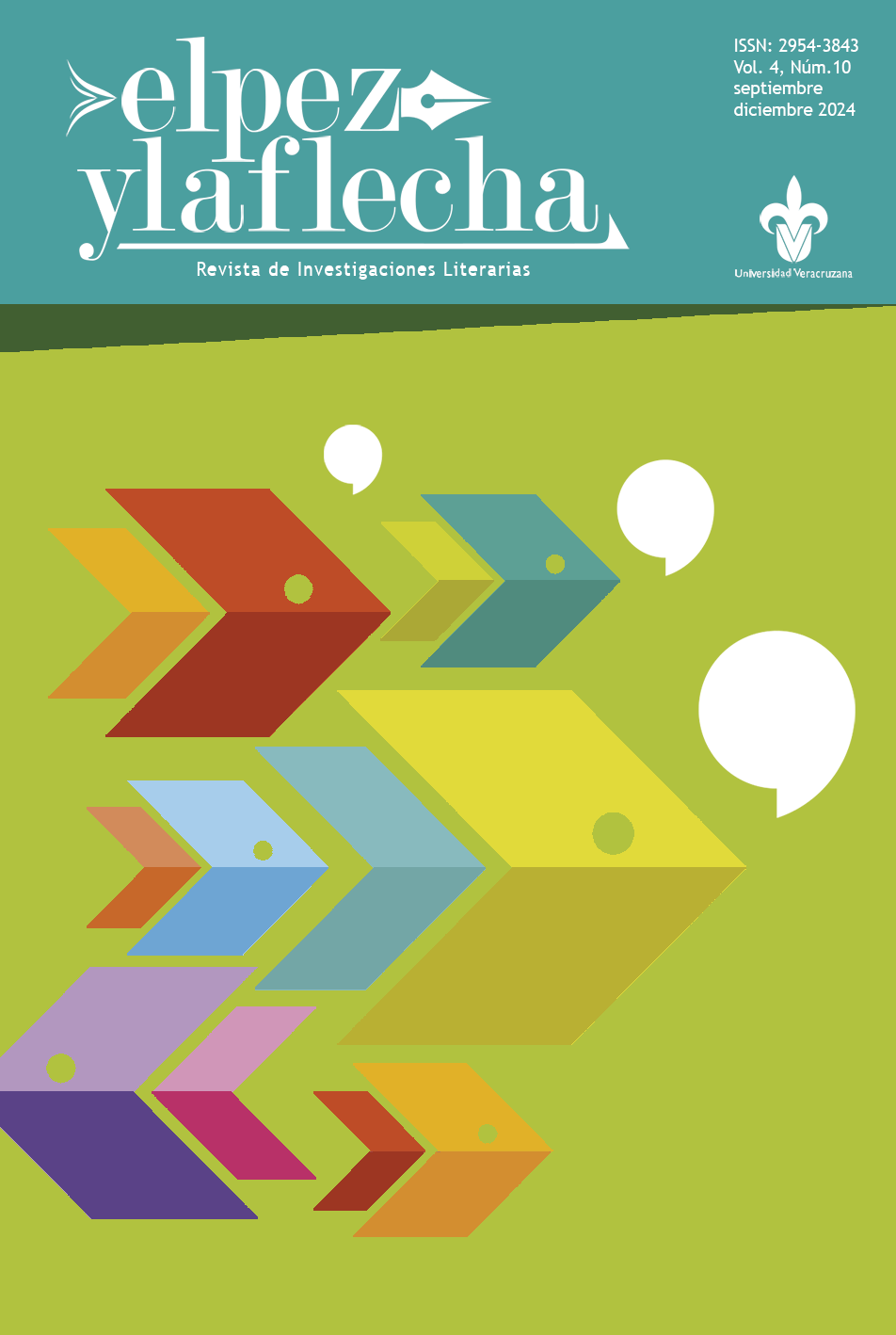Resumen
El objetivo de este proyecto es revisar y estudiar el concepto de frontera en la obra de la escritora chicana Gloria Anzaldúa: Borderlands. La Frontera. The New Mestiza. En este sentido, el primer paso es un análisis general acotado únicamente al estudio geográfico de la franja fronteriza con México-U.S.A. En esta parte, se explora la conceptualización de un tercer país y sus implicaciones, para después, en un segundo momento de estudio, comprender el proceso de mitificación de este territorio, por lo que se intenta dar una breve comprensión sobre cómo se configuran los espacios míticos, para finalmente, recuperar el mito de Aztlán y sus evocaciones al texto chicano.
Borderlands. La Frontera. The New Mestiza: a Frontier Located in the Mythical Symbol of Aztlán
The objective of this research project is to review and study the concept of the border in the work of the Chicana writer Gloria Anzaldúa: Borderlands. La Frontera. The New Mestiza. In this sense, the first step is a general analysis limited only to the geographical study of the border strip with Mexico- u.s.a. In this part we explore the conceptualization of a third country and its implications, and then in a second part of the study we try to understand the process of mythification of this territory, so we can give a brief understanding of how mythical spaces are configured, so we might finally recover the myth of Aztlán and its evocations to the Chicano text.
Recibido: 19 de febrero de 2024
Dictaminado: 19 de marzo de 2024
Aceptado: 26 de junio de 2024
Citas
ANZALDÚA, G. (1987). Borderlands. La Frontera. The New Mestiza. Madrid: Capitan Swing Libros.
ANZALDÚA, G. & KEATING, A. L. (2002). This Bridge We call Home. Radical visions for transformation. New York: Routledge.
BHAHBHA, HOMI K. (1995). El lugar de la cultura. Buenos Aires: Manantial.
CAMPBELL, J. (1991). El poder del mito. Buenos Aires: Emecé. https://naxasnarat.files.wordpress.com/2010/05/campbell-joseph-el-poder-del-mito.pdf
DEWSBURY, J. D. (2009). Spiritual landscapes: Existence, performance and immanence. Australia, The University of Melbourne. https://doi.org/10.1080/14649360903068118
ELIADE, M. (2006). Mito y Realidad. Barcelona: Kairos.
FLORES RODRÍGUEZ, M. G. (2021). Peregrinación de Aztlán. Serie Tenochtitlan 1521-2021. Ciudad de México: Instituto Nacional de los Pueblos Indígenas.
GADAMER, H.-G. (1998). Verdad y método. Salamanca: Sígueme.
HARRISON, M. & MONTOYA, MARGARET E. (1998), “Voices/Voces in the Borderlands in Richard Delgado y Jean Stefancic” (pp. 649-661). The Latino Condition. A Critical Reader. New York: New York University Press.
KONG, L. (2001). Mapping ‘new’ geographies of religion: Politics and poetics in modernity. Progress in Human Geography, 25(2), 211-233. Reino unido: Universidad de Manchester. https://doi.org/10.1191/030913201678580485
MAGALLANES, G., & DEL SOCORRO, M. (2018). Gloria Anzaldúa y el giro descolonial desde la frontera para el mundo. Camino Real: Estudios de las Hispanidades Norteamericanas, 13, 79-89. Alcalá de Henares: Universidad de Alcalá. https://dialnet.unirioja.es/servlet/articulo?codigo=6547299
SECRETARÍA DE CULTURA. (2023). El Códice Boturini: del peregrinaje de los aztecas a la fundación de México-Tenochtitlan. Ciudad de México: Instituto Nacional de Antropología e Historia/Secretaría de Cultura/Fondo de Cultura Económica. http://www.gob.mx/cultura/articulos/el-codice-boturini-del-peregrinaje-de-los-aztecas-a-la-fundacion-de-mexico-tenochtitlan?idiom=es
VILA, P. (1998), Crossing Borders. Reinforcing Borders. Social Categories, Metaphors and Narrative Identities on the us-México Frontier. Austin: University of Texas Press.


